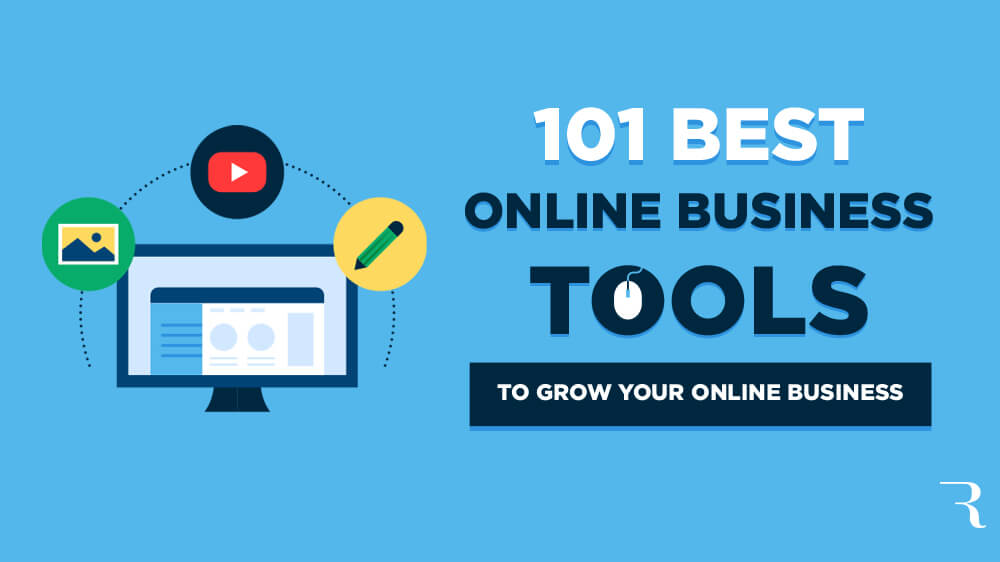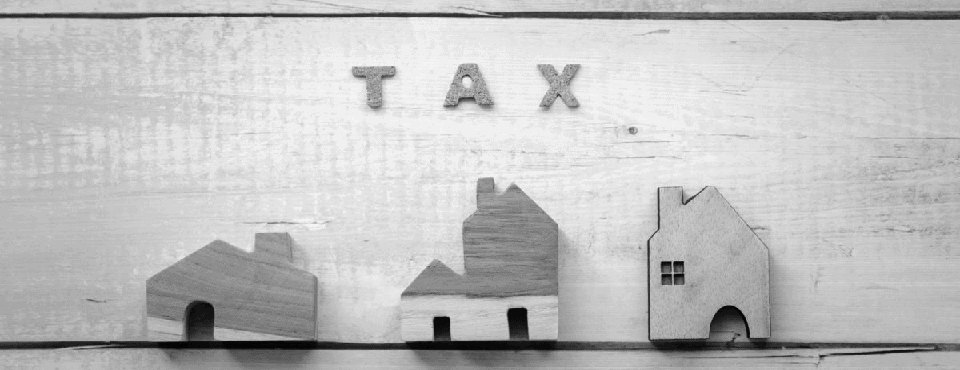You’ve probably heard us say it: YNAB isn’t just an app. It’s a life-changing method grounded in four simple habits designed to help you spend, save, and give intentionally. Even joyfully.
But in tough financial situations, being joyful about money can be hard to imagine.
Recently I spoke with a family experiencing a financial shock: their student loans, in deferral for many years, were suddenly coming due. Even with the best repayment strategy, it was going to blow a huge hole in their monthly spending plan.
They kindly allowed me to look at their YNAB, and I immediately started wondering, “Where could they cut? Is this gym membership important?” We talked for nearly an hour, and the conclusion we all arrived at was, “Well, this sucks, and we still don’t know where most of the money is going to come from.”
But then I had one of those 1 a.m. a-ha moments.
I realized that I neglected to share the advice I’m actually qualified to give: how to use the YNAB Method to stretch your dollars as far as possible with minimal pain. And, if you still can’t afford that new loan payment after doing that, how to use your spending plan to guide the conversation about what to do next.
In times of financial stress, the basics tend to go out the window. They did for me, and this wasn’t even my personal financial stress! So I got back in touch with the family—here’s what I recommended.
Five steps to stretch your dollars further
1. Do a ‘Fresh Start’ in YNAB.
It’s a good idea to do a Fresh Start of your spending plan any time you have a major financial or life change. Even though YNAB is designed to be flexible (you can move money and create/rearrange/delete categories anytime!), a Fresh Start is often for your brain rather than your spending plan. It’s an opportunity to take a step back, take a breath, and say, “What plan would I design right now based on our current circumstances?”
A Fresh Start also tends to dredge up a little money you didn’t know was there, because it removes some of the inertia from the budget and gives you the opportunity to reconsider discretionary expenses.
.png)
Instead of the money already being in the Dance Lessons category because you clicked the Auto-Assign button at the beginning of the month, you have to decide whether to put it there. You get to ask yourself, “Is this still important to me?”
Every time I’ve done a Fresh Start, I’ve discovered at least some money sitting in a category waiting to pay for something I don’t care about right now. Once it was a Bike Repair category for a bicycle I no longer own!
2. In your new plan, organize your categories from highest to lowest priority.
There are a number of ways to organize your YNAB spending plan—your categories are a reflection of your life! Some categories are fairly universal and typically get slotted in first: mortgage, student loan, car payment, electric.
In other words, the expenses where you have to pay a specific amount on time, can’t negotiate, and get in big trouble when you don’t pay them go at the top of your plan.
It’s worth saying that if you YNAB with a partner, you may not always agree on your highest priorities once you get past a certain point. After the basics and true expenses, more interesting discussions happen (like dreams, shared goals, and individual aspirations).

3. Every single time you spend money, find the money first.
Check your categories before spending, and if there isn’t enough money, move money before making the purchase. Don’t allow a category to go overspent and then cover it later. (While you’re there in the app checking the category, you can go ahead and enter the purchase on the spot!)
This is probably the most important tip in this list. The reason it’s so important is that it makes it easier to say “no” and feel great about your decision. You check the category, there isn’t enough money in there… so you put one less thing in your cart. With clarity around what you actually have to spend, you might determine, “I don’t need this today—I’ll think about it tomorrow,” or “I just can’t figure out what category the money is going to come from for this, and that makes me realize it’s not important as I thought it was.” (A lot of this happens subconsciously.)
Or you find the money somewhere else in your plan and move it over—great!
When fans talk about how YNAB seems to manufacture money from thin air, you can be sure those folks are finding the money first.
4. Never categorize a transaction to the ‘Stuff I Forgot to Budget For’ category.
Having a ‘Stuff I Forgot to Budget For’ category is great! Especially in your first year of YNAB, it’s practically mandatory. Unexpected bills will be popping up constantly, and a Stuff I Forgot category is a way to set aside money for lassoing this year’s unexpected expenses, slotting them into categories, and turning them into true expenses next year. (I’ve been YNABing for six years, and I still use this category!)
But categorizing transactions to this category masks how much you’re truly spending in other categories. Definitely assign money to the Stuff I Forgot category every month! But move money to a different category before entering the transaction.
For example, say you get a $35 bill for the annual PTA membership dues at your kid’s school. You look at YNAB, and there’s no obvious category for that bill. No problem—there’s money in Stuff I Forgot to Budget For. So you create a School Fees category, move $35 from Stuff I Forgot to Budget For to School Fees, enter the transaction, and create a target on the School Fees category.
You can also take a minute to ask, “What other upcoming school fees can I think of? Spring field trip?”
If you categorize transactions directly to Stuff I Forgot, you lose sight of the true cost of being you. You can’t make informed decisions about how to manage your spending, because your categories aren’t telling an accurate story. Use Stuff I Forgot as a tool for capturing true expenses.
5. Avoid matching categories to accounts.
Why? Because matching categories to accounts adds unnecessary friction to your plan, and friction in your plan almost always has a negative effect.
What negative effect? Loss of flexibility. Ideally, you should be able to move money around in YNAB without having to think about bank transfers or anything other than “what’s the best use of this money right now?” Anything that makes that decision feel heavier leads to slightly worse spending decisions.
This is something I work on with YNABers a lot. Many of us (me included!) come into YNAB with multiple savings accounts for specific purposes. YNAB makes this unnecessary, because categories do the job of protecting your savings, and they’re more specific and easy to use than bank accounts can be. This is a mental shift that’s challenging to make (it took me many months)… but so worth it.
Being able to nimbly move money wherever it needs to go helps you level up your savings. But it can also make your money decisions feel lighter even when life is heavy.
Empower yourself to make the big decisions with YNAB
So, will doing all of the above solve any financial crisis? Of course not. But tackling a crisis means:
- Taking a step back to look at the big picture and ask what’s truly important.
- Freeing up as much money as you can. Saying “We just won’t spend on anything” is unrealistic and unsustainable. YNAB lets you align your money with your priorities and weed out mindless spending.
- If you have a partner: talking openly, frequently, and non-judgmentally about your priorities so you can work together instead of against each other.

YNAB can’t make money magically appear, unfortunately. But it can give you the superhuman power of total clarity. Follow the steps above and see what a relief it is to know exactly where you stand and how far your dollars can take you. That’s something to be joyful about!
Where does your money go? Wherever you tell it to! Create a plan to spend and save with confidence. Try YNAB free for 34-days!
Publisher: Source link











